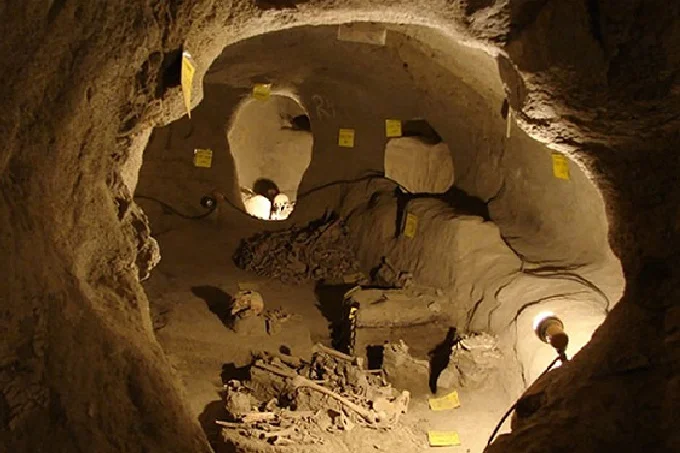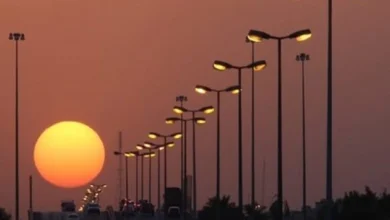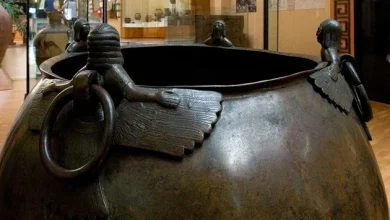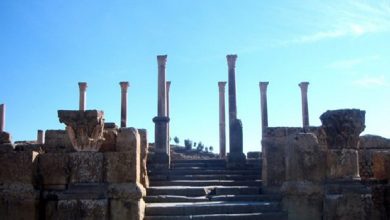What does the great 1500-year-old underground city of Nushabad reveal?

Nushabad or Nush-Abad is the oldest underground city in the center of Iran in the province of Isfahan. Locals also call it – the underground city. It causes constant amazement among all visitors to this historical monument.
This is a true architectural masterpiece. It strikes any person’s imagination with its breathtaking beauty, and the true greatness of the engineering thought of the ancients. The mysterious city, where it is very difficult to penetrate, keeps an abyss of secrets of its owners. Starting with the fact that no one could find the entrance to it…
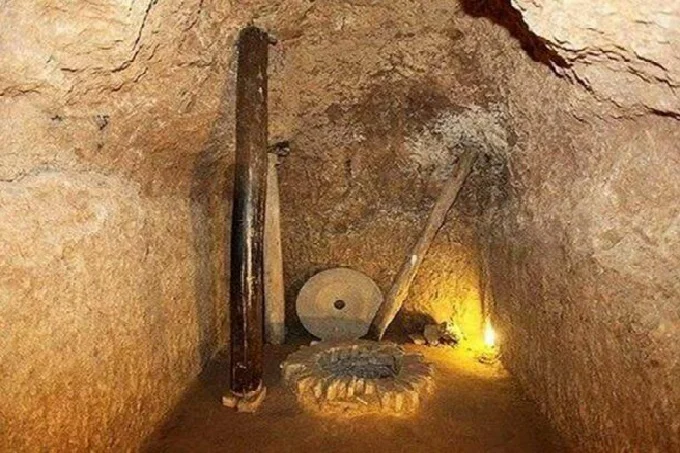
City of cold and tasty water
According to legend, the most famous Persian king from the Sassanid dynasty, Khosrow I Anushirvan (reigned from 531 to 579), once stopped to rest in the area. He wished to drink water from a local well. The ruler was amazed at how tasty, clean, and cool the water was. He immediately ordered the construction of a city on this site. So he called it – Nushabad, which literally means – the city of cold and tasty water. It is not known for certain if this is the case. But the fact that there really are sources of fresh water in this desert region of Iran is an indisputable fact.
What about today?
Nushabad is a small city with about 10,000 inhabitants. It is one of the country’s main tourist attractions because in 2006 an amazing discovery took place here. One resident was digging a well on the territory of his private house and came across a very unexpected surprise. Right under his house was a real underground kingdom. A huge city underground spread over more than 4 square kilometers. A whole labyrinth of passages and underground rooms. To get the latest stories, install our app here
The underground giant is located at a depth ranging from 4 to 18 meters. The network of rooms, channels, and corridors is located on three interconnected levels with a height of 1.70 to 1.80 meters. Nushabad is a real masterpiece of Sasanian architecture.
Its winding, intricate corridors, and camouflaged entrances were perfect to hide from enemy invasions. The tunnels of the city were also used in the 13th century during the Mongol invasion. The influx of fresh air was provided by a complex system of ventilation shafts. Water was supplied by a wonderful underground spring. The underground shelter had everything to survive a very long siege.
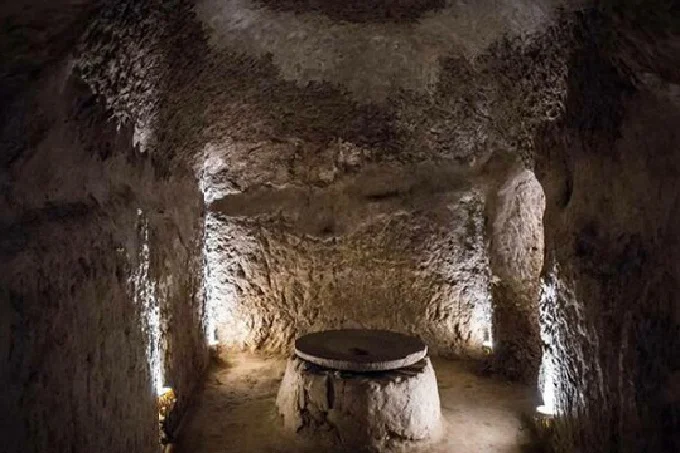
Why the ancient shelter was abandoned
The locals call Nushabad Ui. Scientists date it to the Sassanid era and estimate its age at 1500 years. In addition to the fact that the underground city served as an excellent refuge from enemies, another version is being considered. Experts believe that it was a shelter from the scorching heat of the day, as well as from the piercing cold of the night.
The entrance to the dungeon was carried out through different points. There were entrances from residential buildings, as well as from many public places. Some researchers believe that these are not entrances to Nushabad at all. This is most likely an elaborate air conditioning system in such a hot area.
Other researchers, on the contrary, see in this system of passages and nooks and crannies a complex defensive system. With its help, it was possible to ambush and capture enemies. In any case, the passageways are arranged with rooms on the sides. Quite possibly, one room per family. At the same time, vertical tunnels act as a link between levels, and U-shaped tunnels act as ventilation shafts. The complex also features an incredibly impressive vaulted cistern. Today it is used to receive visitors.

The underground city was used throughout the Middle Ages and during the Safavid Empire (1501-1722). Also, during the reign of the Khayar dynasty (ruled Iran from 1785 to 1925). Somewhere towards the end of this period, for unknown reasons, it fell into disuse, was completely forgotten and abandoned.
Nushabad was re-opened in 2006. It has become a popular tourist pilgrimage site and impresses with its beauty, scale, and stunning architecture. There are two entrances to the city. Both of them are not the ones used in antiquity. The real entrance has not yet been found.
There are quite a few underground cities in the world. Not all of them are so ancient, but they can compete with beauty. Read our other article and find out what secrets are kept by the 8 most impressive underground cities in the world.
